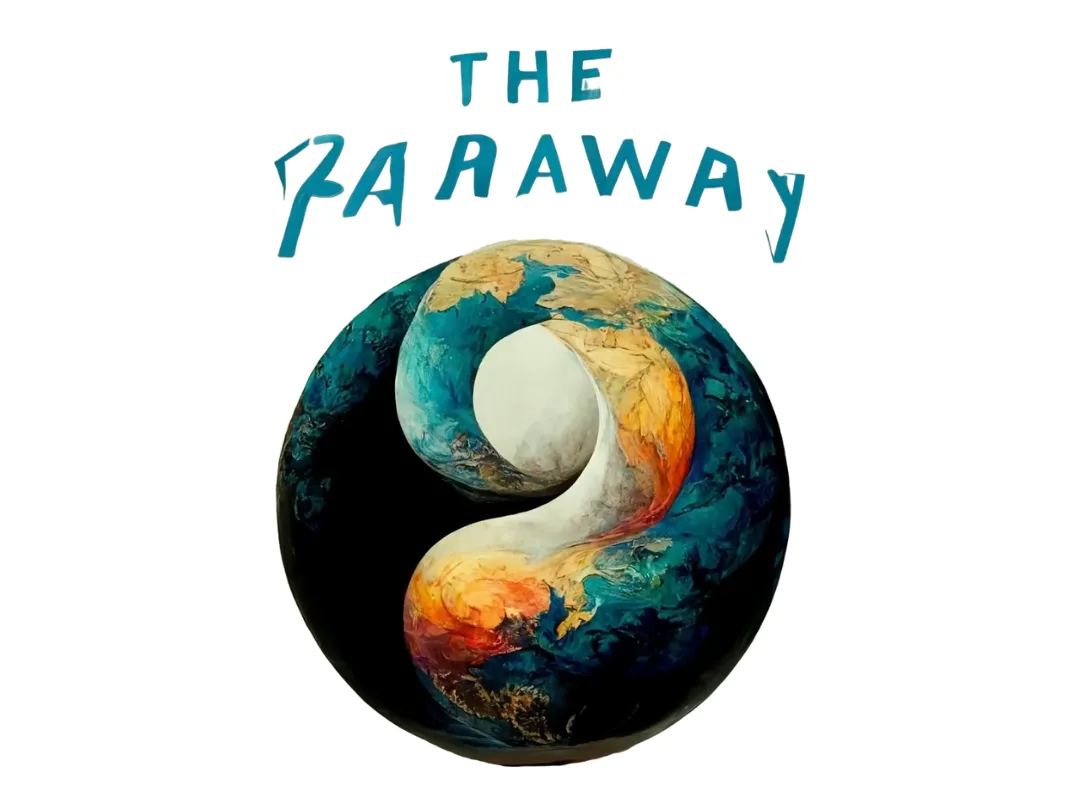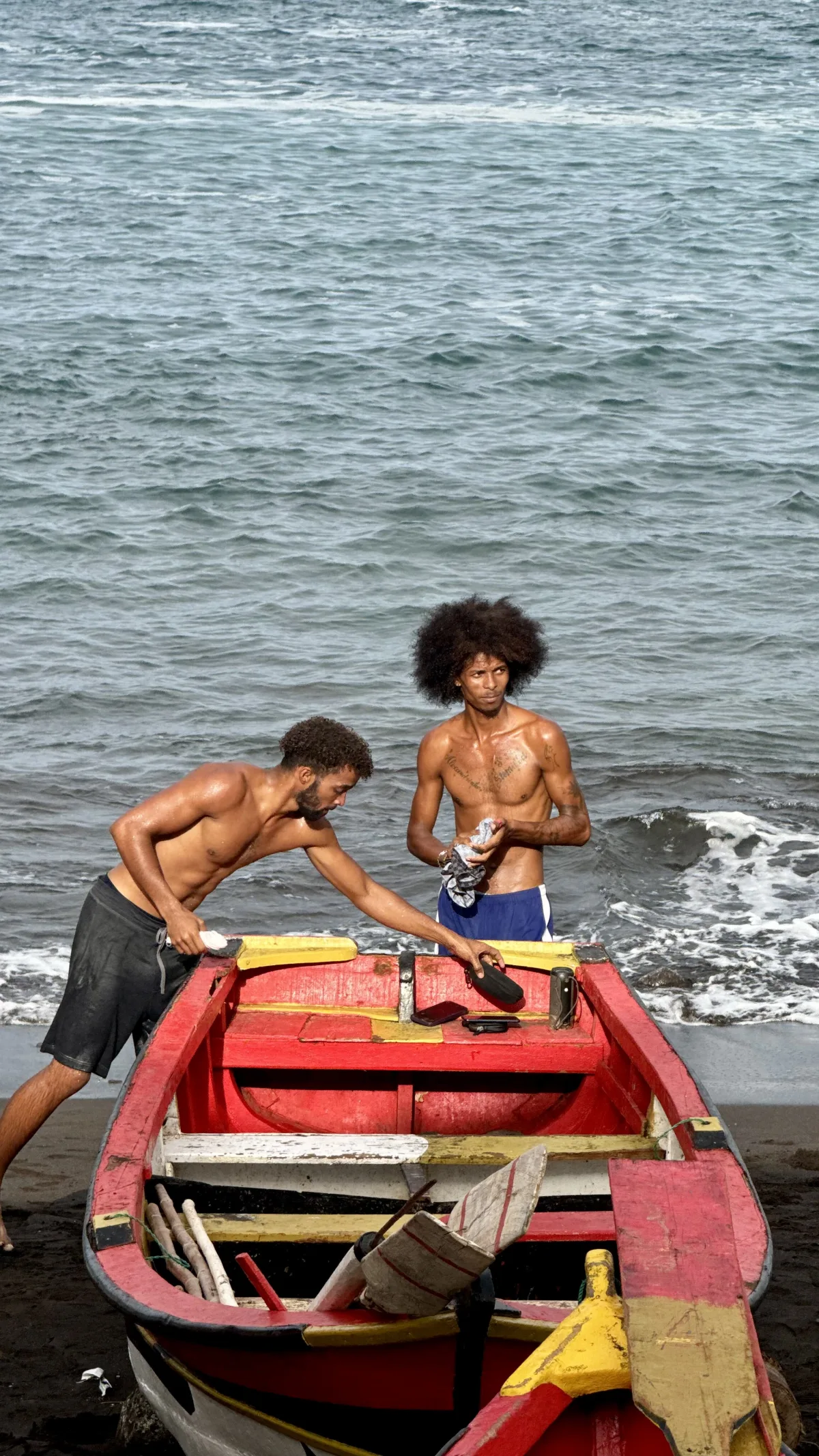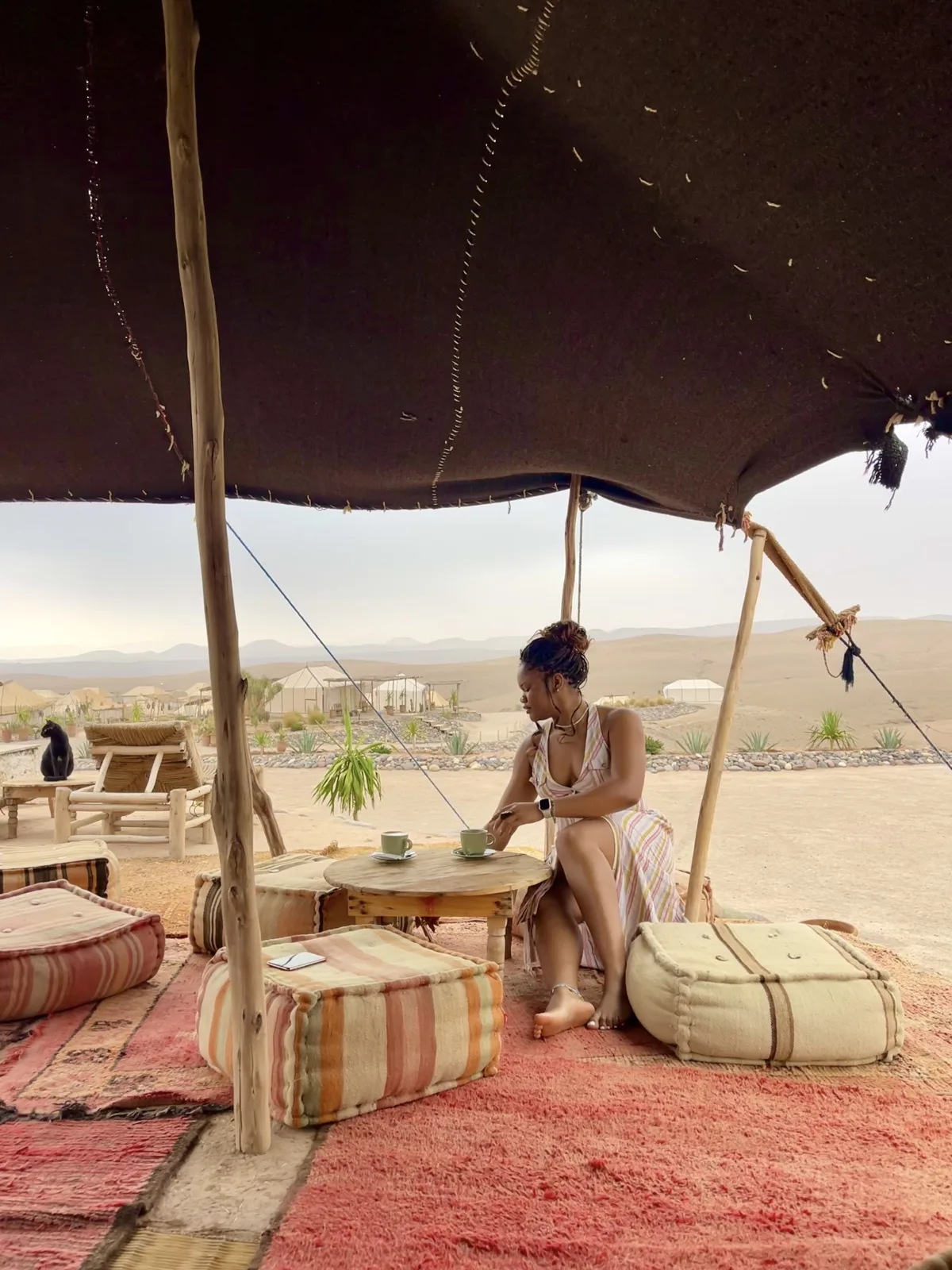Cape Verde is one of the most beautiful countries I’ve ever set foot on so here’s a Cape Verde travel guide to a seamless planning. It was no surprise to learn that Santo Antão, one of my favorite islands in Cape Verde, boasts some of the best, untouched hiking trails in the world.
One of the most intriguing things about Cape Verdeans is their physical features. For the first time, I was surrounded by West Africans with naturally blond hair and colored eyes. “Nos ancêtres étaient de sangs mêlés”—our ancestors came from many bloods—my new friend told me, his soft grey eyes made me think of a summer sunset and a cold glass of lemonade.

Roughly 70% of Cape Verdeans are descendants of Portuguese slave masters and black slaves brought in from countries like Guinea-Bissau, Sierra Leone, and Senegal. Cape Verde, a sunny archipelago off the coast of Senegal, consists of 10 islands. Initially planning to stay for two weeks, we shortened our visit to 10 days but left knowing I’d return soon. This experience has been one of my most memorable. After a full month of slowly making my way through the island and experiencing the rich culture and warm hospitality (everywhere but Sal Island), I am left with a strong desire to live here one day.
Planning Your Trip: What You Need to Know
Visa Requirements:
As a Nigerian, Cape Verde is visa-free, but you must fill out an entry form that costs $30 at least 5 days before your trip as recommended on their website. We completed the form 4 days prior both times – and we didn’t have any challenges getting in. We were anxious the whole way so I recommend sticking to the 5-day rule. Also be prepared to show proof of return tickets, yellow card, funds, and accommodation bookings.
Getting There
Currently, there are no direct flights from Nigeria to Cape Verde. We flew Air Peace from Lagos to Senegal, then connected with Air Senegal to Cape Verde. This is a perfect chance to combine two countries, as you can add a quick tour of Dakar on either leg of your trip. It’s a half-full or half-empty situation depending on how you see it. If you’re flying in from Senegal, you’ll be arriving either via Praia (Nelson Mandela International Airport) or Sal (Amílcar Cabral International Airport)
Planning Your Itinerary
The key thing to know about Cape Verde is that traveling between islands isn’t straightforward. Flights / ferries between the 10 Islands are irregular and often get canceled. If you plan to explore more than 3 islands, make sure to leave buffer days to accomodate sudden itinerary changes.
The Islands We Explored:
- Praia: Here we experienced the authentic Cape Verdean lifestyle in the capital city. It’s perfect if you want to dive into local culture and get a little insight into everyday Cape Verde.
- Fogo Island: Known for its active volcano, last erupting in 2014, it is also Cape Verde’s highest-standing island. The highest point here gave me a taste of what altitude sickness feels like!
- Sal Island: The most touristy of all the islands, with resorts, white sand beaches, and sparkling blue waters. However, it’s also where I experienced some prejudice for possibly being Black / Nigerian. Flying in through Sal is ideal if you’re into nightlife and beach vibes.
- São Vicente: Mindelo, the capital of São Vicente, is often referred to as the cultural capital of Cape Verde, and it lives up to that name. it’s also where I found the bluest beach I’ve ever seen – Praia da Laginha
- Santo Antão: This island truly blew my mind. It’s home to some of the most stunning and untouched landscapes I’ve ever seen.

The other Islands we haven’t visited yet include – Sao Nicolau, Maio, Boavista, Santiago and Santa Luzia Island.
What to Eat
Cape Verde’s culinary scene is a vibrant reflection of its rich cultural heritage and island life. From hearty stews that warm the soul to crispy pastries with a kick, the flavors of Cape Verde are as diverse and inviting as their landscapes. Dive into these delectable dishes and discover why Cape Verdean cuisine is a feast for both the palate and the heart.
- Cachupa: Savor the heart of Cape Verdean cuisine with this slow-cooked stew made from hominy, beans, and a mix of meats or fish. Each bite is a comforting taste of tradition.
- Pastel com diabo dentro: Dive into these crispy pastries filled with spicy tuna, aptly named “Pastry with the Devil Inside.” A deliciously fiery snack that packs a punch.
- Goat Cheese: Enjoy the rich, creamy flavor of Cape Verdean goat cheese, often served fresh or aged. Perfect on its own or paired with local honey and bread.
- Fish: Experience the fresh taste of Cape Verde’s abundant waters with grilled or fried fish, often served with rice, potatoes, and vegetables. A staple of the island’s diet.
- Doce de papaya com queijo: Treat yourself to a sweet finish with this dessert made of papaya jam paired with local cheese. A perfect balance of sweetness and tanginess.

Getting Around in Cape Verde
Traveling between islands can be cumbersome. The most seamless connection is between Santo Antão and São Vicente, with frequent ferries and the trip is about 50 minutes each way. For other islands, your best bet is to fly, as ferries are unreliable. The ferry website information is also nothing to go by. Intra-island transfers are easier with Cape Verde’s developed public transport system—collectifs (shared mini-buses) are a budget-friendly option. Private cabs are available but can be expensive.
Where to Stay
Depending on your chosen islands, there are decent Airbnb and hotel options available. Check out our guide for accommodation recommendations in Cape Verde.
Safety Tips
Cape Verde felt safe during our visit, and the people were friendly. While you might run into a few unusual characters, we had no serious safety concerns. Exercise caution by avoiding late-night walks in isolated areas – especially in Praia the capital.
Want to explore Cape Verde with us? Join a group trip or let us plan your trip.



